Mental Edge
Working at the Institute on her project, “The Mental Edge: Sport & Psychology Performance,” Tang Fellow Lani Silversides, mathematics instructor and head girls varsity basketball coach, is helping students and athletes alike to use their minds efficiently and consistently. Here she describes an activity that she works on with her students to help train their brains to notice and pay attention to the good things they have going on in daily life.
If you’re interested in these concepts and want to learn more, register now for the Mental Edge Symposium, taking place June 14 and 15, 2017, at Phillips Academy Andover.
by Lani Silversides
Good Things Happened Today
Our brain tends to notic and pay attention to negative things quite easily. In fact, you probably have already thought in your head, “She spelled notice wrong. Wow, I can’t believe she didn’t spell check before publishing this post.” You probably did NOT think after reading that first sentence, “She spelled 12 out of 13 words correctly. Awesome job!”
It is quite easy to find the negative (and we all do it!).
This weather stinks. Lunch today was gross. I have too much homework. I didn’t sleep enough. I’m tired. And the list goes on …

One pretty simple exercise to help train our brain to notice and pay attention to the good things we have going on is the “3 good things” exercise. You can download it here. University of Pennsylvania Professor Martin Seligman, often known as the “founder” of positive psychology, conducted a research study in 2005 that showed that, if you write down three good things about your day, and why you think they happened to you every night for one week, you can experience measured increases in happiness for up to six months.
As they did this exercise, my students found that sometimes they would even pay attention to the good things during the day because they would note in their heads, “I’m going to write that down tonight.” Whether you take note because of your plan to write it down for an assignment, or you think about it after the fact, we are getting at the same goal — paying more attention to the good and not overlooking moments of everyday kindness, beauty, and happiness.
In my classroom, we have a dedicated board where we don’t do any “math.” Instead, when students first enter the classroom, they need to write down a good thing from their day. It can help to set the tone for greater connection with one another and for building positive attitudes. Some are silly and some are more serious. But either way, we all enjoy reading other people’s “good things,” and it usually opens the door to other conversations as well to learn about one another in ways that wouldn’t otherwise come up.
More from the Mental Edge
 The Mental Edge Symposium, organized by Tang Fellow Lani Silversides, will bring together school leaders and experts in the field of performance and sport psychology. During the course of the two-day meeting, participants will explore topics related to promoting peak performance and will learn to embed mental skills training into the way they coach, teach, train, and prepare students in both academic and athletic settings. Participants will leave with a 60-page workbook and activities to use with their students. Check out the symposium agenda and register now!
The Mental Edge Symposium, organized by Tang Fellow Lani Silversides, will bring together school leaders and experts in the field of performance and sport psychology. During the course of the two-day meeting, participants will explore topics related to promoting peak performance and will learn to embed mental skills training into the way they coach, teach, train, and prepare students in both academic and athletic settings. Participants will leave with a 60-page workbook and activities to use with their students. Check out the symposium agenda and register now!




